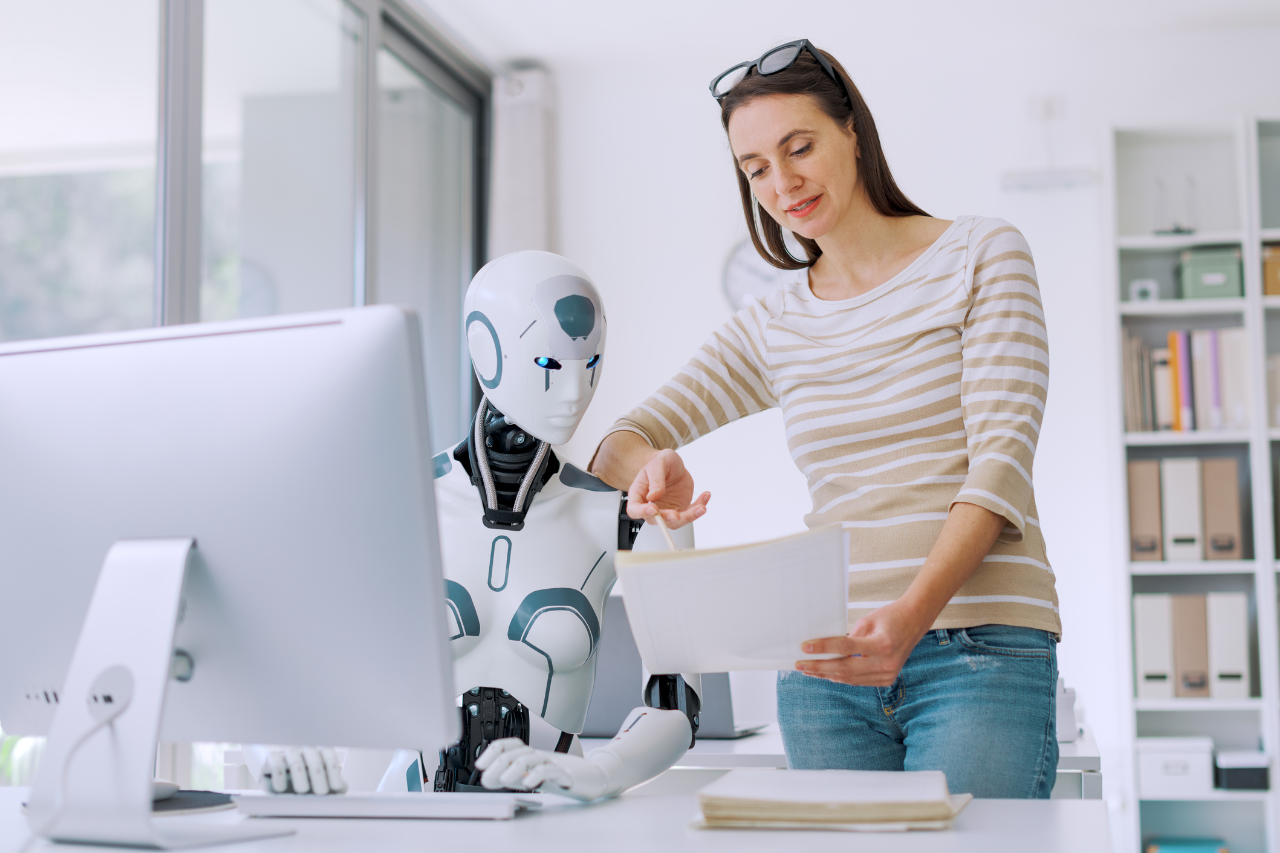Following the last blog post, you might have noticed that with this modern paradigm of software development, there is one element that is always the locus of every one of these features, the human being. To be more specific, highly skilled programmers with deep technical knowledge and experience in the tools and platforms that allow this refined form of software development.
RAD, Low-Code and AI more than methodologies and technologies, are in their essence tools, i.e. something that allows or facilitates the realization of a task or job. Even though AI can be capable of completing a task seemingly with independence, it not quite that autonomous. Direction, critical thinking, innovation and real-world experience are inputs that only a person can bring to the table.
Now, with a better understanding of the tools, the objective is to focus on those who work with them and how these new-found capabilities remove some challenges while allowing developers to focus on more relevant aspects of software development.
People’s Contribution
What they bring to the table, besides awareness of the wider context for which the application is being developed and the underlying knowledge that builds Low-Code modules/interfaces and AIs Machine Learning material, is direction. That direction takes on multiple forms, like the creativity that AI inherently lacks and enables innovation and thinking outside the box, or in the case of AI outside the training set. Critical spirit essential to challenging the status quo and come up with better solutions and adding value, instead of creating different versions of the same thing. Deep understanding of how humans interact with the world around them to create an intuitive and engaging user experience and interface.
Consulting Mindset
This highlights the importance of a consulting mindset, a collection of attitudes, behaviours, and approaches that enable individuals to effectively identify, analyse, direct and solve complex problems, empowering end-users to achieve their goals and attend to their needs. This way of thinking and working is not exclusive to external consultants, it should be present in how internal teams and developers engage in software development and figure solutions using the tools at their disposal to make the tedious work easier.
Example of the Automotive Industry
All of these characteristics tell us that, yes, the role of people in software development is changing with advances in technology, but it is erroneous to assume that it is moving in the direction of irrelevance. A parallel can be made with the automotive industry, which in the beginning of the 20th century heavily relied on human labour for the assembly of cars and construction of parts. Standardization and automation didn’t make humans irrelevant, it shifted the need for human intervention from repetitive and monotonous tasks towards highly specialized skills that helped create the systems and products that served the final customer.
Like in the car industry advancements in manufacturing technology made the bulk of human labour moved from factory work towards engineering positions, the same is happening in the software industry, human intervention is being funnelled towards the activities that add the most value to businesses. Instead of being tasked with transforming raw materials, soldering, assembling and painting, people began working in how to make safer, efficient, appealing and innovative cars. The consistency and new possibilities, brought on by new technology, was what allowed workers to make better cars more suited to consumer’s needs.
Importance of People with Technical Expertise
The main argument presented is that with the tools that are now available, people who are highly skilled and experienced in using them, are gaining the freedom to work on the differentiating characteristics of the final product. Tools are just that, inanimate object that don’t experience the world that creates the necessities businesses try to attend to. Software developers are more important than ever and will continue to be as long as other people are on the receiving end of the solutions that are being created.




.png)

.png)

